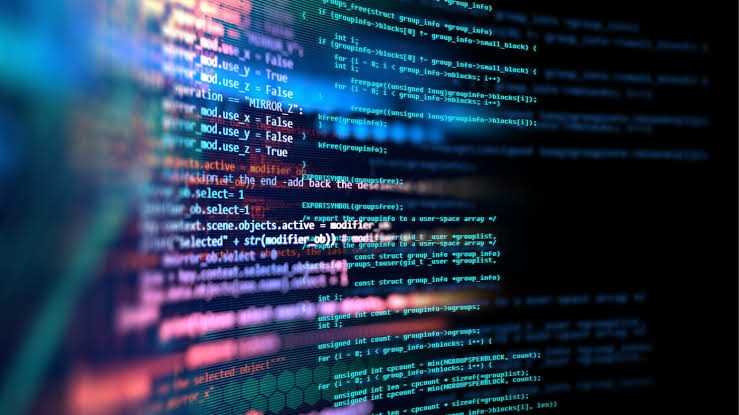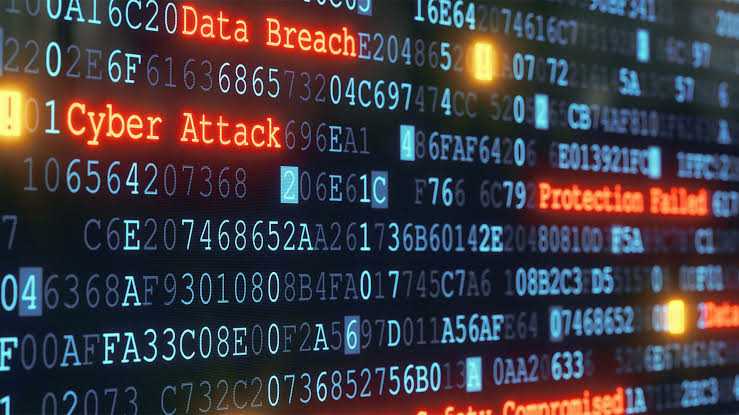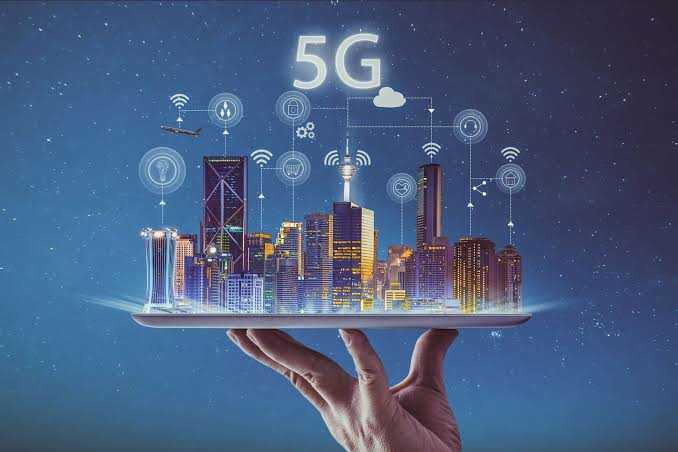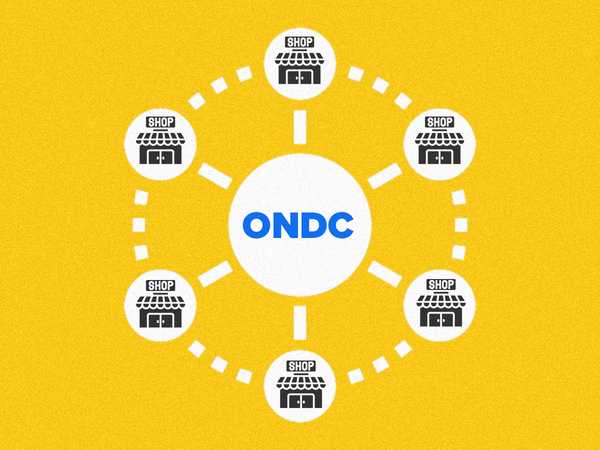The Future of Cybersecurity: Predictions and Trends for the Next Decade
Explore the upcoming trends and predictions for cybersecurity in the next decade, including emerging threats, advancements in technology, and proactive measures to ensure data protection.
1. Increased focus on privacy protection :

With data breaches and privacy concerns at an all-time high, both consumers and businesses will demand more stringent privacy protection. Governments will enact stricter laws, regulations, and policies to protect personal information. Industries will also develop tools and technologies to enhance privacy by focusing primarily on end-to-end encryption, secure authentication methods, and decentralized storage solutions.
2. Shift towards Zero Trust Security models :

As traditional security perimeters become increasingly ineffective, organizations will adopt a Zero Trust approach that does not discriminate between internal and external threats. This will involve designing more comprehensive authentication mechanisms, implementing least-privileged access controls, and adopting micro-segmentation strategies to limit potential damage from compromises.
3. Evolution of AI-driven cybersecurity :

The escalating sophistication of cyber-attacks requires innovative countermeasures. In response, AI-driven cybersecurity solutions will become essential in proactively detecting, analyzing, and mitigating threats. AI algorithms will autonomously learn from real-time data to improve defenses, predict new attack vectors, and rapidly respond to incidents.
4. Growth of 5G security risks :

The widespread adoption of 5G technology will present new security challenges as networks become more decentralized and connected devices increase exponentially. Attackers will exploit vulnerabilities in the 5G infrastructure and leverage unprotected IoT devices for large-scale DDoS attacks or espionage purposes. Organizations must adopt robust security measures specific to 5G environments.
5. Expansion of cyber warfare among nations :

Cyberspace is becoming a critical battlefield in modern warfare as nations increasingly invest in developing offensive cyber capabilities. State-sponsored attacks targeting national infrastructure, espionage campaigns aimed at gathering intelligence, or sabotage operations with geopolitical motives can have severe consequences on a global scale.
6. Quantum computing's impact on cryptography :

The development of quantum computers poses a significant threat to existing cryptographic methods (e.g., RSA and ECC), potentially rendering them obsolete. As quantum computing becomes a reality, new post-quantum cryptographic techniques must be devised to safeguard sensitive information, ensure secure communication, and preserve user privacy.
7. Growing prominence of cybersecurity insurance :

The increase in cyber-attacks and the financial damage they inflict will prompt more businesses to invest in cybersecurity insurance policies. These policies can partially offset the financial consequences of a security breach, making them an integral aspect of risk management for many organizations. However, this trend may also lead insurers to implement more stringent criteria for coverage eligibility.
8. Emphasis on securing IoT devices :

The sheer volume of IoT devices will proliferate in the next decade, which will necessitate tighter security requirements for these connected gadgets. Industry-wide standards and best practices will emerge to ensure device manufacturers prioritize built-in security features while mitigating hardware and software vulnerabilities.
9. Strengthening collaboration between public and private sectors :

Combating cybersecurity threats effectively requires cooperation between the public and private sectors. Governments and private entities will need to share threat intelligence, develop coordinated incident response plans, and establish.
10. Increased reliance on artificial intelligence for threat detection and response :

In the next decade, organizations will increasingly adopt AI and machine learning technologies to improve their cybersecurity posture. This will lead to more efficient detection and mitigation of cyber threats, as well as better adaptation to the rapidly changing cyber landscape.
Conclusion :
In Conclusion, The future of cybersecurity is influenced by emerging technologies, evolving threat landscapes, and collaborative efforts. Advancements in AI, quantum computing, and biometric authentication will drive new security solutions. Cybercriminals will adopt sophisticated tactics, making it vital for organizations to stay ahead. Proactive measures and human-centric approaches are key in safeguarding digital assets. A culture of vigilance and adaptation is necessary for individuals and organizations to navigate the changing world of cyberthreats.
Explore the upcoming trends and predictions for cybersecurity in the next decade, including emerging threats, advancements in technology, and proactive measures to ensure data protection.
1. Increased focus on privacy protection :

With data breaches and privacy concerns at an all-time high, both consumers and businesses will demand more stringent privacy protection. Governments will enact stricter laws, regulations, and policies to protect personal information. Industries will also develop tools and technologies to enhance privacy by focusing primarily on end-to-end encryption, secure authentication methods, and decentralized storage solutions.
2. Shift towards Zero Trust Security models :

As traditional security perimeters become increasingly ineffective, organizations will adopt a Zero Trust approach that does not discriminate between internal and external threats. This will involve designing more comprehensive authentication mechanisms, implementing least-privileged access controls, and adopting micro-segmentation strategies to limit potential damage from compromises.
3. Evolution of AI-driven cybersecurity :

The escalating sophistication of cyber-attacks requires innovative countermeasures. In response, AI-driven cybersecurity solutions will become essential in proactively detecting, analyzing, and mitigating threats. AI algorithms will autonomously learn from real-time data to improve defenses, predict new attack vectors, and rapidly respond to incidents.
4. Growth of 5G security risks :

The widespread adoption of 5G technology will present new security challenges as networks become more decentralized and connected devices increase exponentially. Attackers will exploit vulnerabilities in the 5G infrastructure and leverage unprotected IoT devices for large-scale DDoS attacks or espionage purposes. Organizations must adopt robust security measures specific to 5G environments.
5. Expansion of cyber warfare among nations :

Cyberspace is becoming a critical battlefield in modern warfare as nations increasingly invest in developing offensive cyber capabilities. State-sponsored attacks targeting national infrastructure, espionage campaigns aimed at gathering intelligence, or sabotage operations with geopolitical motives can have severe consequences on a global scale.
6. Quantum computing's impact on cryptography :

The development of quantum computers poses a significant threat to existing cryptographic methods (e.g., RSA and ECC), potentially rendering them obsolete. As quantum computing becomes a reality, new post-quantum cryptographic techniques must be devised to safeguard sensitive information, ensure secure communication, and preserve user privacy.
7. Growing prominence of cybersecurity insurance :

The increase in cyber-attacks and the financial damage they inflict will prompt more businesses to invest in cybersecurity insurance policies. These policies can partially offset the financial consequences of a security breach, making them an integral aspect of risk management for many organizations. However, this trend may also lead insurers to implement more stringent criteria for coverage eligibility.
8. Emphasis on securing IoT devices :

The sheer volume of IoT devices will proliferate in the next decade, which will necessitate tighter security requirements for these connected gadgets. Industry-wide standards and best practices will emerge to ensure device manufacturers prioritize built-in security features while mitigating hardware and software vulnerabilities.
9. Strengthening collaboration between public and private sectors :

Combating cybersecurity threats effectively requires cooperation between the public and private sectors. Governments and private entities will need to share threat intelligence, develop coordinated incident response plans, and establish.
10. Increased reliance on artificial intelligence for threat detection and response :

In the next decade, organizations will increasingly adopt AI and machine learning technologies to improve their cybersecurity posture. This will lead to more efficient detection and mitigation of cyber threats, as well as better adaptation to the rapidly changing cyber landscape. Conclusion : In Conclusion, The future of cybersecurity is influenced by emerging technologies, evolving threat landscapes, and collaborative efforts. Advancements in AI, quantum computing, and biometric authentication will drive new security solutions. Cybercriminals will adopt sophisticated tactics, making it vital for organizations to stay ahead. Proactive measures and human-centric approaches are key in safeguarding digital assets. A culture of vigilance and adaptation is necessary for individuals and organizations to navigate the changing world of cyberthreats.

















Login to your account or create a new account to post comments!